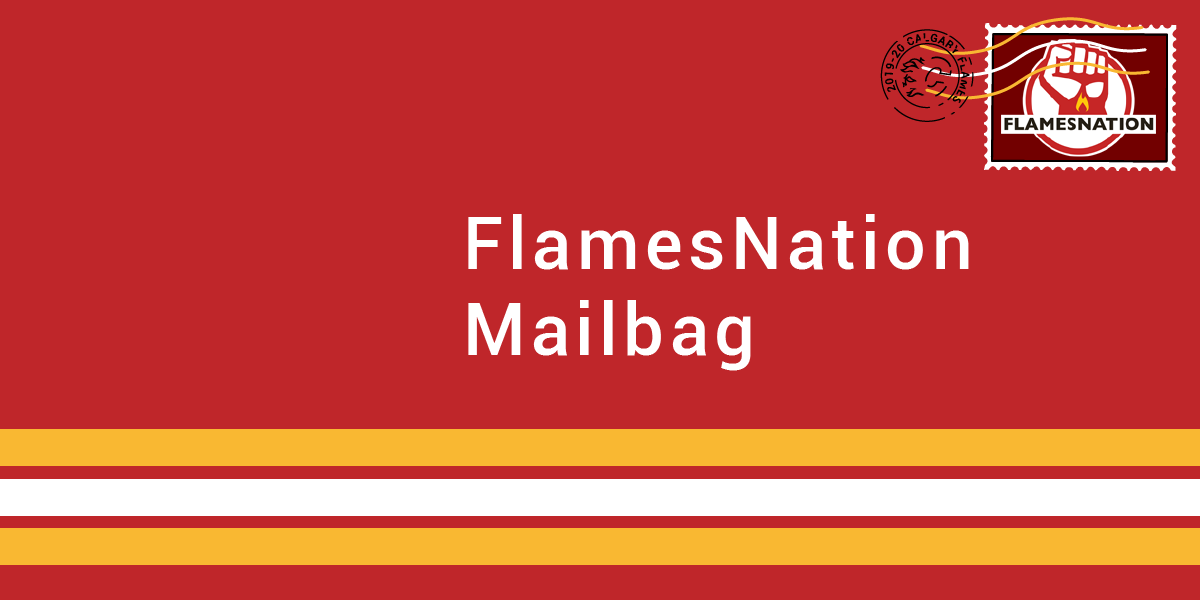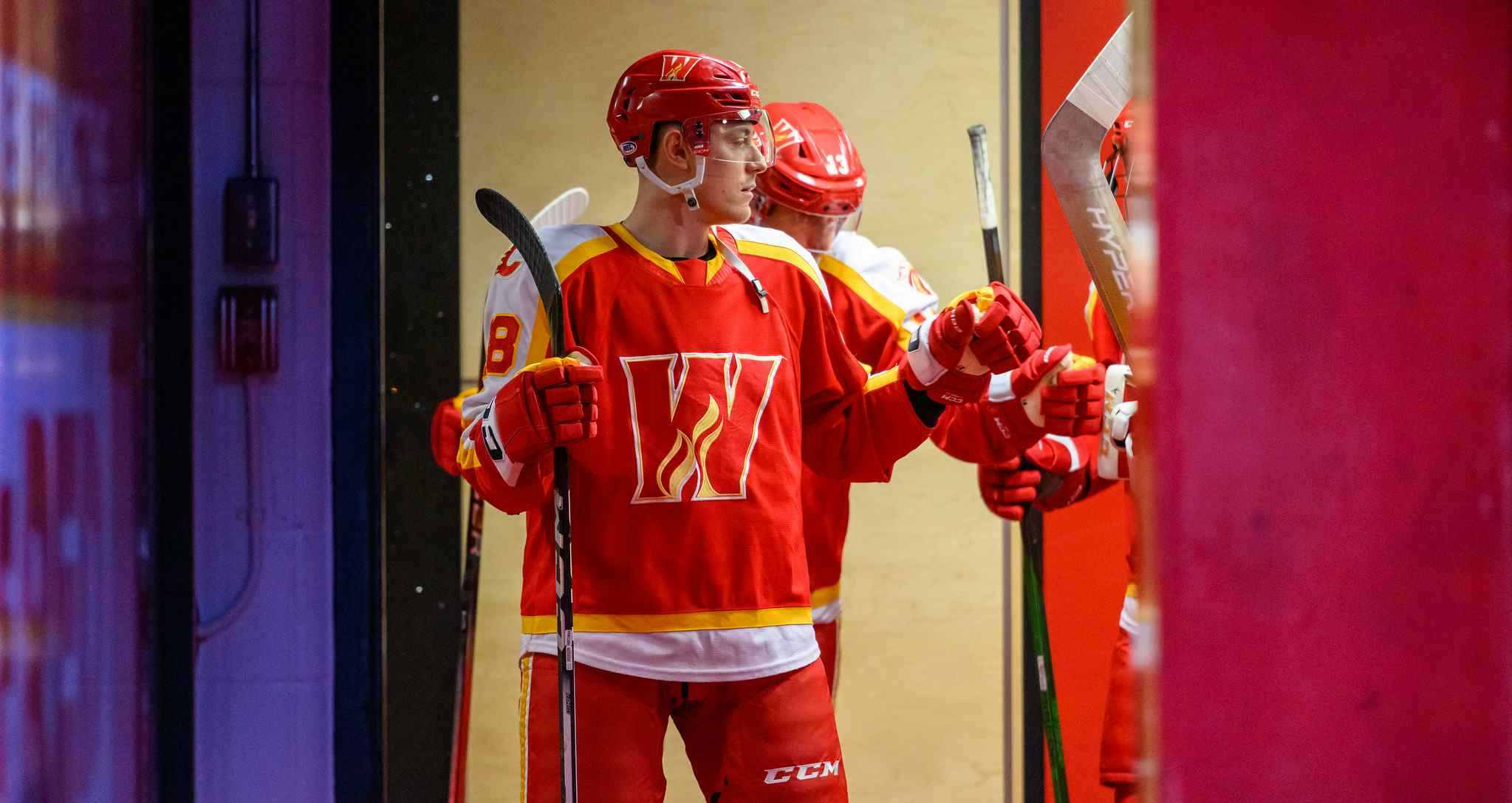FlamesNation mailbag: battles of various types

By Ryan Pike
4 years agoMan, wasn’t that Battle of Alberta game on Saturday night just amazing hockey. The Calgary Flames also won, which is super for anyone wanting some gasoline thrown on the fire that is the Battle of Alberta.
Oh yeah, mailbag questions!
Starting next season, Oliver Kylington will require waivers to go to the AHL. So as of next season, he’s either an NHL regular or playing elsewhere. Heck, you could argue that he’s an NHL regular now given that he’s played 34 games for the Flames this season.
But why is Kylington a left side regular? Well, Juuso Valimaki’s knee exploded during the summer and Kylington already had experience playing for the club. The decision for next season is basically this: would the Flames rather have Valimaki as a regular NHLer (with 24 games and two major injuries over the past two seasons) and lose Kylington, or would they prefer to keep Kylington in the NHL (with potentially close to 100 games and zero injuries over the past two season) and leave the waiver-exempt Valimaki to rag-doll the AHL for a season?
Kylington has put the work in. He came over to North America at 18 to play in the AHL. He’s grown his two-way game a ton, and he’s spent five seasons in the Flames system. It would be a bit of a shame to trade him just when he’s starting to get good.
Simple answer: he’s not medically cleared. Once a player is placed on long-term injury reserve, they cannot be taken off until they pass their medical testing (and are no longer injured).
Also, having a player on LTIR doesn’t mean a team can’t accrue cap space, it’s just that the cap ceiling is adjusted downward as a type of disincentive to keep teams from using LTIR willy-nilly. The Flames only accumulate cap space when their daily cap hit is $81.345 millon – which is their “adjusted” cap ceiling based on their cap space when they started using LTIR (when they placed Austin Czarnik on LTIR) at the end of October.
In a word? Yes.
Some of their AHL pieces like Glenn Gawdin, Matthew Phillips (get well soon!) and Justin Kirkland are likely starting to get consideration for NHL gigs next year. But it’s incredibly likely that they’re shaking trees for potential trade and free agency targets to make the club less top-heavy offensively.
The key difference between a waiver claim and a trade following a waiver claim is flexibility.
If Czarnik was claimed by, let’s say Detroit, the Red Wings would have to keep him on their NHL roster and they wouldn’t be able to swap his contract in for another player’s. All it does is add to their reserve list but it doesn’t give them more flexibility.
Since Czarnik cleared waivers, he can freely move between the NHL and AHL for 30 cumulative days or 10 cumulative games. So if Detroit wants to trade for him now, they get a lot of flexibility – they can basically try him out in the NHL for a month before they have to make a decision on him. Plus, when they trade for him they move out an asset they want to move and gain flexibility there, too.
Czarnik’s a good AHL scorer. But he’s also 27. He’s posted strong AHL numbers in three seasons prior to being signed by the Flames. When he’s healthy and has an opportunity to play, he’s probably a 30-ish point NHLer. But if he’s not going to get that chance in Calgary, it might make sense to get something for him given he’s a pending unrestricted free agent.
Recent articles from Ryan Pike





